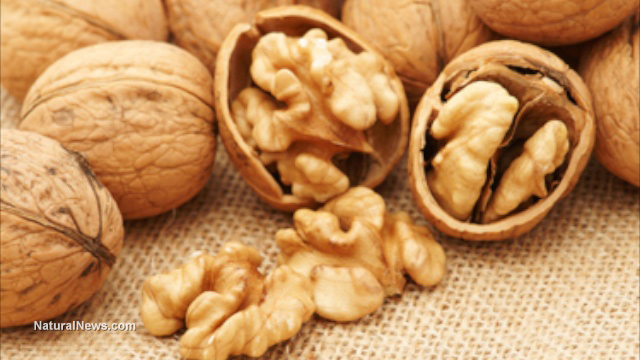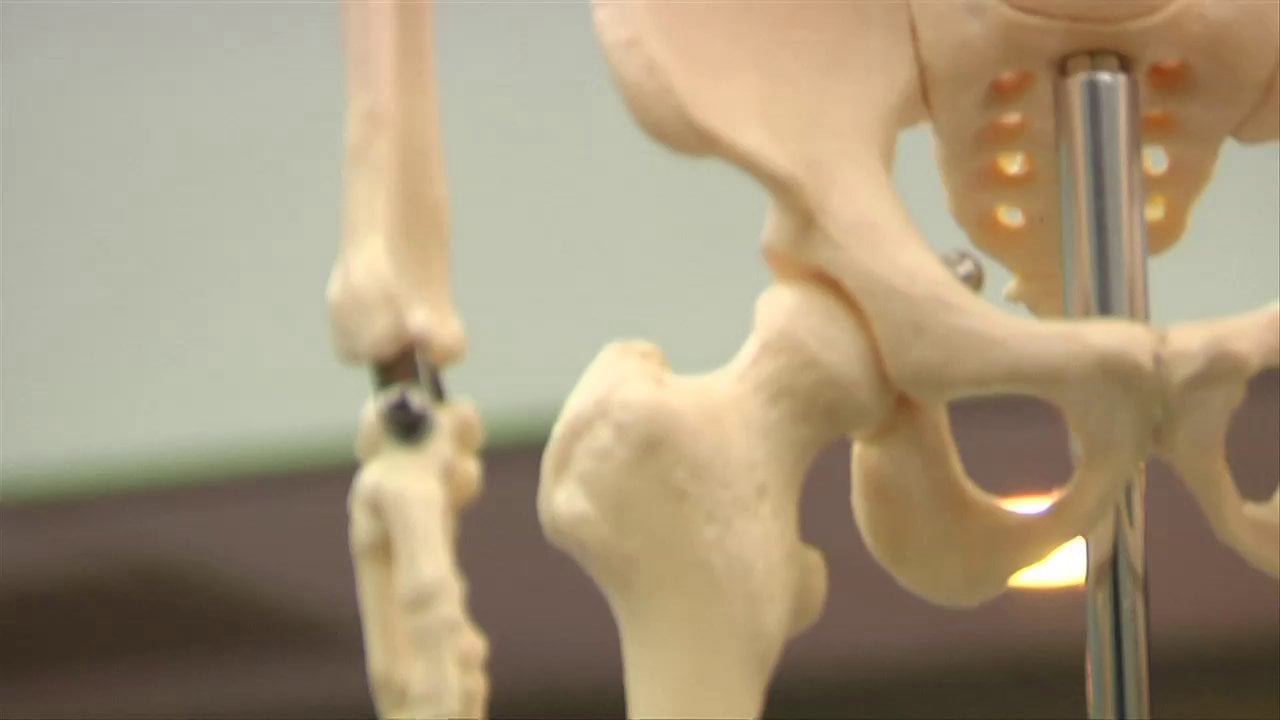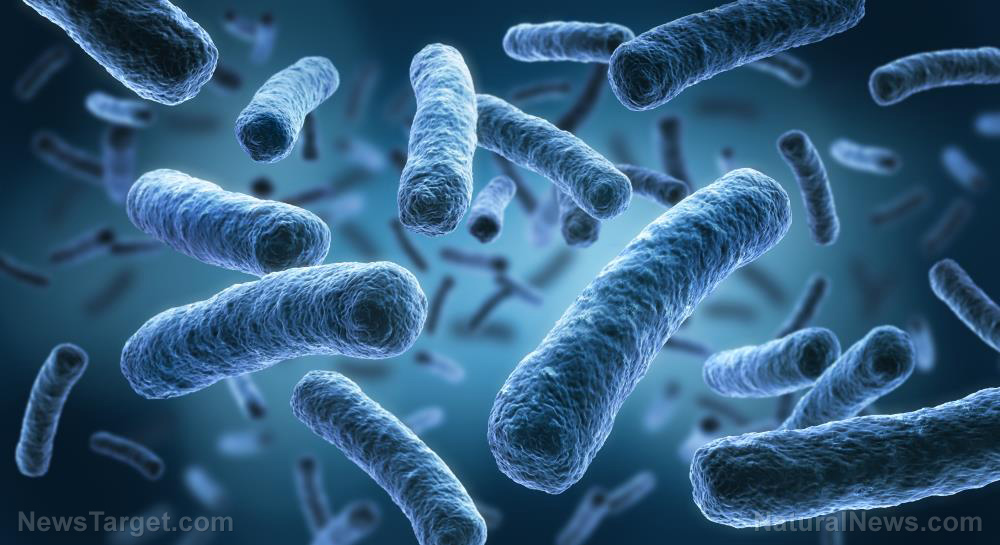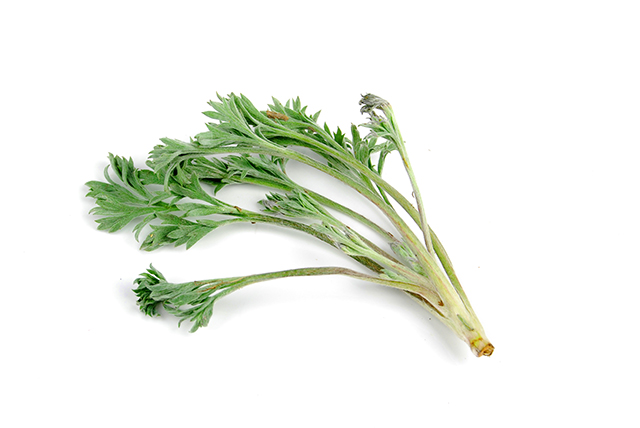Chronic exposure to aflatoxins is linked to numerous health problems, such as cancer and kidney damage
06/07/2019 / By Michelle Simmons

Aflatoxins are toxic compounds produced by Aspergillus flavus and Aspergillus parasiticus, two pathogenic fungi that thrive in hot and humid climates. Aflatoxins are some of the most carcinogenic toxins known to man, and they can be found in foods today.
A. flavus and A. parasiticus can contaminate crops in the field, at harvest, and during storage. The aflatoxins they produce are commonly found in corn and corn products, peanuts and peanut products, cottonseed, milk, and tree nuts like Brazil nuts, pecans, pistachio nuts, and walnuts. The most common and deadliest aflatoxin is aflatoxin B1. (Related: How the environment may be promoting cancer (and how you can reduce these effects).)
There have been reports of people consuming normal-looking corn, peanuts, or grain and becoming critically ill or even dying from acute aflatoxin poisoning. Aflatoxicosis, while primarily a liver disease, can also cause brain damage, convulsions, hemorrhage, and pulmonary edema.
An estimated 4.5 billion people are exposed to aflatoxins every year in developing countries. Chronic exposure to aflatoxins can cause the following problems to different systems of the body:
- Cardiovascular: heart inflammation
- Circulatory: blood and bone cancers
- Endocrine: tumors and cancer
- Gastrointestinal: liver damage, liver cancer, viral hepatitis, or parasite infestation
- Immune: weakened immunity, autoimmune reactions, and allergies
- Neurological: reduced oxygen flow, headaches, nerve cell death, encephalopathy, insomnia, disorientation, loss of coordination, impaired memory, and tumor growth in both the central and peripheral nervous systems
- Reproductive and developmental: infertility, birth defects, abnormal growth and development in children
- Respiratory: pulmonary edema and lung cancer
- Urinary: kidney damage and tumor growth
The power of the elements: Discover Colloidal Silver Mouthwash with quality, natural ingredients like Sangre de Drago sap, black walnut hulls, menthol crystals and more. Zero artificial sweeteners, colors or alcohol. Learn more at the Health Ranger Store and help support this news site.
Aflatoxins cannot be destroyed by cooking or processing food as they are very stable and are capable of surviving relatively high temperatures. Exposure to these toxic substances may also come from eating meat, eggs, milk, and other dairy products, especially if the animals these foods came from were fed aflatoxin-contaminated feed.
Despite this, regulators do not require foods to be aflatoxin-free. In fact, they allow aflatoxins to be present at low levels, disregarding the harm long-term exposure to them might cause. The U.S. Food and Drug Administration (FDA) allows up to 20 parts per billion aflatoxins to be present in foods, while Canada and Australia only allow 15 parts per billion. When it comes to animal feeds, much higher levels of aflatoxins are permitted by the FDA – up to 300 parts per billion.
What you can do to reduce your aflatoxin exposure
You can reduce your aflatoxin exposure by disposing of nuts that look moldy, discolored, or shriveled. If nuts taste sour, bitter, or funky, toss them out as well. If you still want to eat peanut butter, choose organic ones made from Valencia peanuts. They are grown in New Mexico where mold levels are lower because of the dry climate. Eating green vegetables when you consume peanut butter may block aflatoxin absorption because of their chlorophyll content.
Whatever type of peanut butter you choose, always store it in the refrigerator. If you are to make your own, wash your grinder thoroughly. Some studies have also suggested soaking and fermenting nuts and grains to significantly reduce their aflatoxin levels and mitigate the toxic effects of these substances.
For more information on aflatoxins and other cancer-causing substances, visit CancerCauses.news.
Sources include:
Tagged Under: aflatoxicosis, aflatoxin exposure, aflatoxin poisoning, aflatoxins, Aspergillus flavus, Aspergillus parasiticus, brain damage, brain health, cancer, carcinogenic toxins, carcinogens, chlorophyll, corn, crop contamination, crop pathogens, dairy products, Diseases, food poisoning, Food storage, grains, kidney damage, liver health, mold, pathogenic fungi, Peanuts, poison, toxic food, toxins, tree nuts, tumors



















